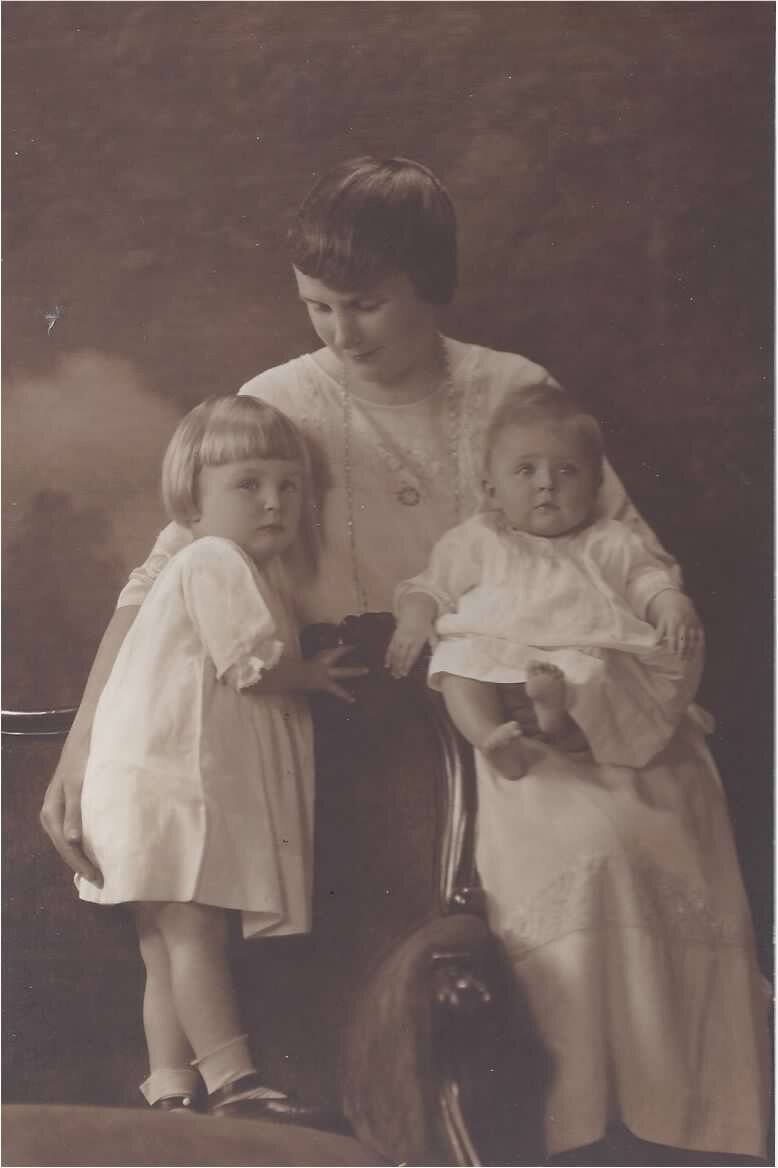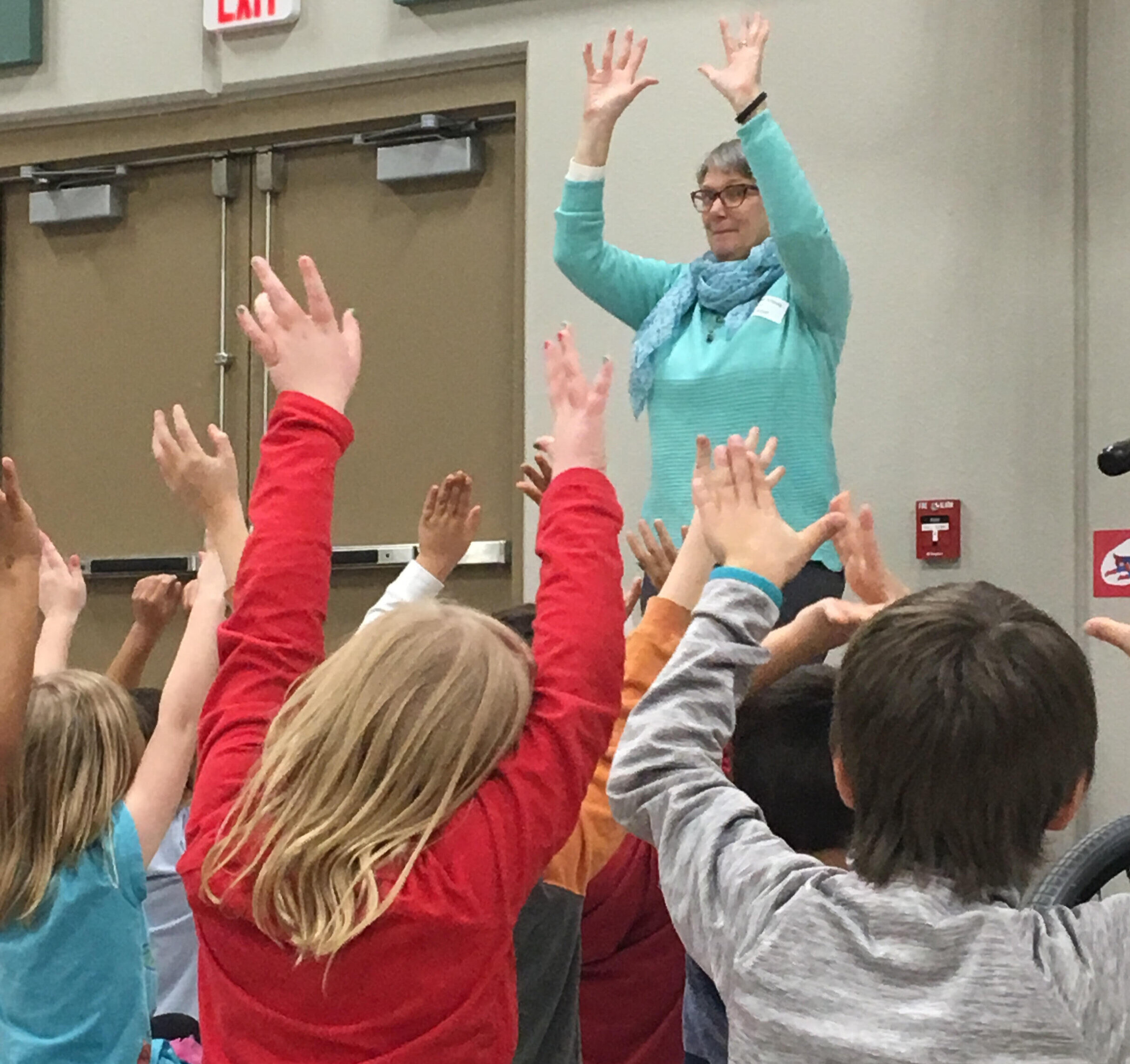Ch-ch-ch-changes! Zoom storytime shifting yet again
/What a ride we’ve been on! In March 2020, I began offering Zoom storytime every weekday. In August 2021, I shifted to twice a week. Now that live storytelling work is picking up, I’m stopping the regular sessions and will do random pop-up storytimes on Zoom, with a week or so of notice.
I have loved these regular storytimes. At first I wasn’t sure it would work. How would I connect with the listeners? Would it flop immediately? Who would come? Was my equipment up to it?
Listeners have tuned in from Vermont, Argentina, Kansas, Missouri, Illinois, California, New York, Israel, and Bulgaria, among other places. Some kids came once. Some came for a few months when they needed to feel connected to something outside of home. Some became my die-hard listeners. A few story-loving grownups attended.
I’ve watched kids become friends with each other, eat snacks, race around in the background, draw, paint, and listen. I’ve seen their loose teeth, costumes, favorite stuffies, and special toys. I’ve seen them laugh and laugh and laugh. I’ve watched them turn into avid story listeners. Parents have let me know that their kids retell my stories, tell their own, sing storytime songs, use funny voices and animate their stuffed animals like my puppets.
Often, after storytime, I sit at my desk and just laugh.
My own repertoire has grown immensely because of storytime and my Patreon bedtime story subscription.
The listeners have become my friends. I am deeply grateful for this time we have had together. Tomorrow is the last of the regular sessions and I am grieving.
BUT…it’s not over! One of my regulars, age 10, has decided he wants to take over the 4:30 time slot on Mondays and Wednesdays for his own storytime! If you’re interested in this, contact me and I’ll put you in touch.
The first of my pop-up Zoom storytimes will be on Sunday, October 9 at 4:30 p.m. CST (same as Chicago). Keep your eye on my website calendar for more!































